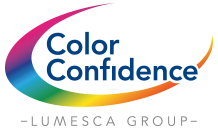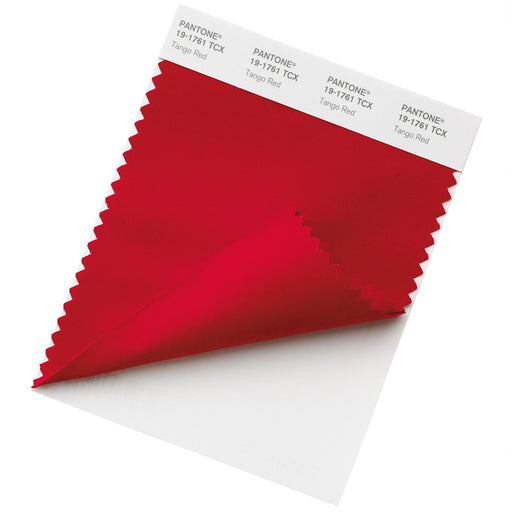Where the same colour appears across different FHI products, it will show the same six-digit code, with only the suffix changing dependant on the material. The choice of guide will depend on the type of material you are designing for and the size of swatch that you need to reference, whether that’s for cosmetics, fashion, product design or home furnishings.
TPX = Textile Paper, indicating that the colour reference is printed on paper. This has been replaced by TPG when PANTONE updated their ink formulations to a more eco-friendly alternative.
TPG = Textile Paper Green, indicating that the colour reference is printed on paper with an environmentally friendly ink formulation. The FHI Color Guide & Specifier use this suffix.
TPM = Textile Paper Metallic, indicating that the metallic colour reference is printed on paper. This is used for FHI Metallic Shimmers Guide and Specifier.
TCX = Textile Cotton Extended, indicating that the colour reference is printed on cotton. This suffix is used for the entire PANTONE FHI Cotton range, including the Cotton Passport, Planner, Chip Set and Swatch Library, which all show the same colours in differing swatch sizes.
TSX = Textile Synthetic Extended, indicating that the colour reference is printed on polyester, as with the Polyester Swatch Card.
TN = Textiles Nylon, showing the colour references printed on nylon, as with the FHI Nylon Brights Set.


























































